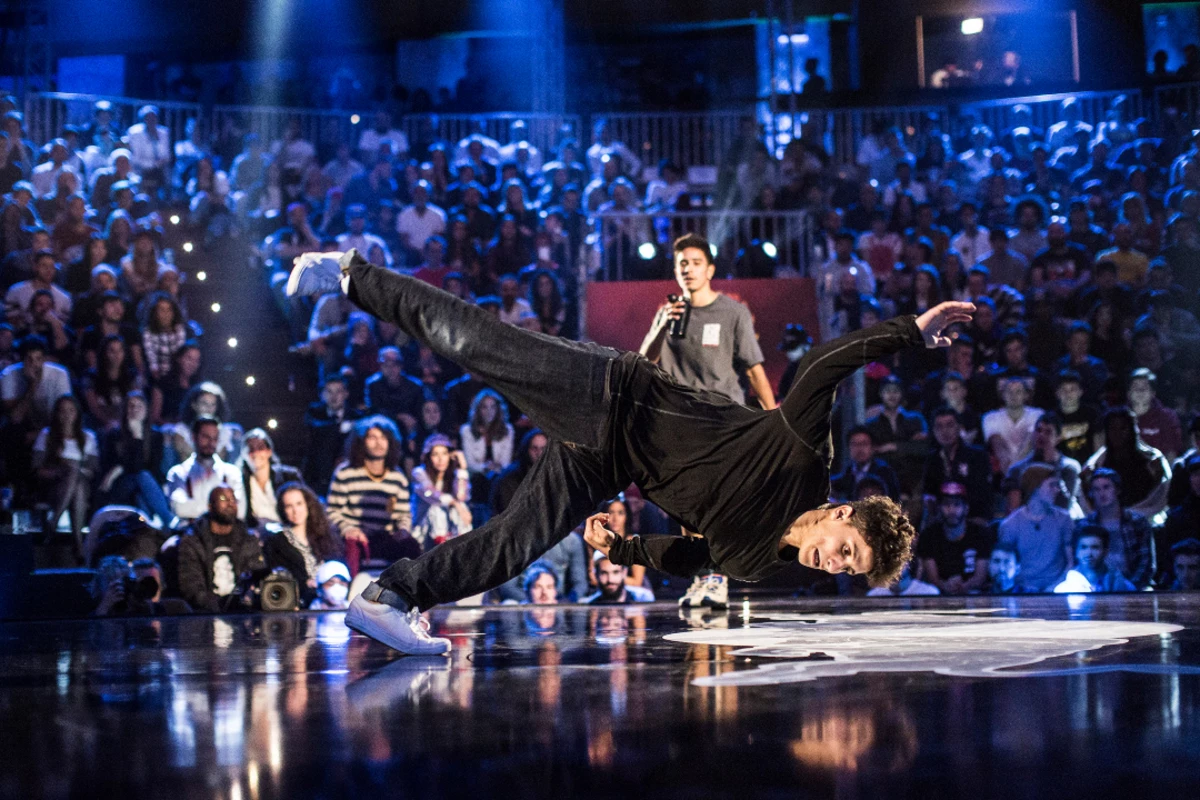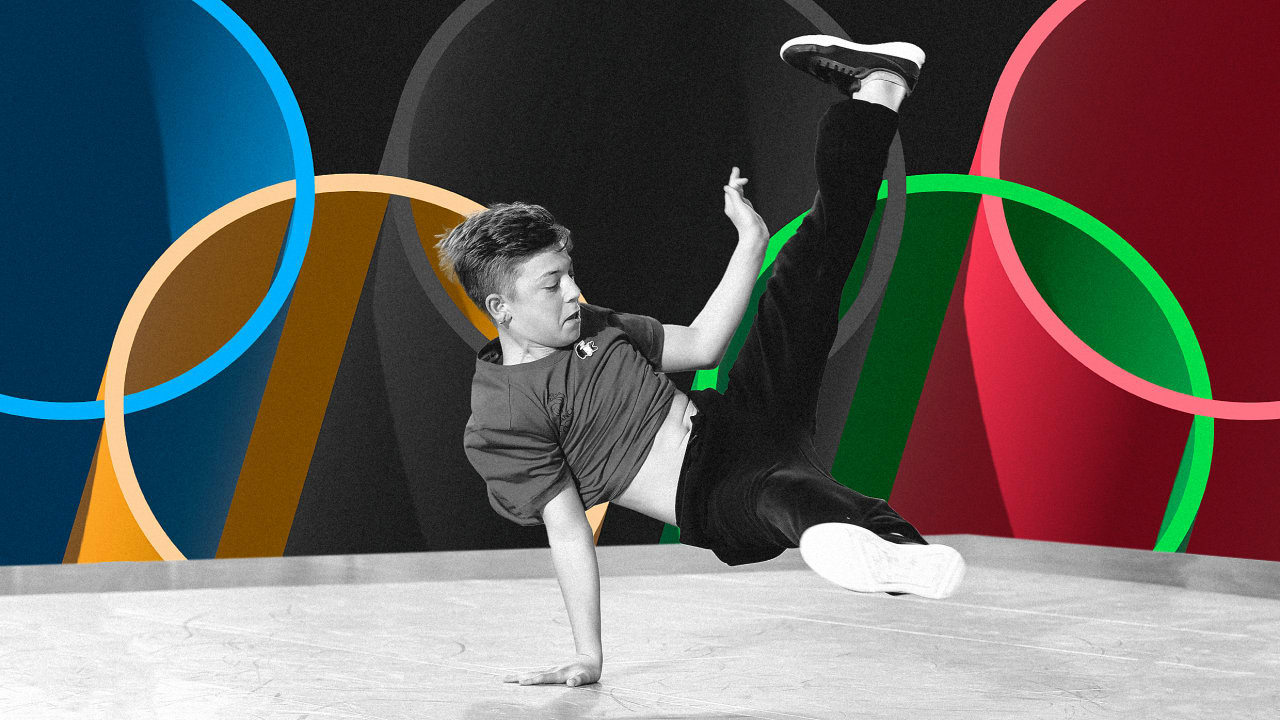The Rise of Breakdancing in the Olympics

Breakdancing, also known as breaking, has evolved from a street-born art form to a recognized sport, culminating in its inclusion in the 2024 Paris Olympics. This journey reflects the cultural significance and athletic prowess of breakdancing, captivating audiences worldwide.
The Evolution of Breakdancing, Olympic breakdancing
Breakdancing emerged in the 1970s in the Bronx, New York City, during the era of hip hop culture. It combined elements of funk, jazz, and martial arts, developing into a distinct dance style with intricate footwork, power moves, and freeze poses. Initially, breakdancing was primarily a street performance art, attracting attention at block parties and competitions. However, its popularity spread beyond urban communities, gaining recognition in the mainstream media and influencing other dance forms.
Breakdancing’s Inclusion in the Olympics
The inclusion of breakdancing in the 2024 Paris Olympics marks a significant milestone for the sport. This decision recognizes the athleticism, artistry, and cultural impact of breakdancing. The International Olympic Committee (IOC) acknowledged breakdancing’s growing popularity and its potential to attract a new generation of athletes and fans.
Judging Criteria for Breakdancing Competitions
Breakdancing competitions are judged based on a set of criteria that assess the athlete’s technical skills, artistry, and musicality. These criteria include:
- Footwork: The execution of intricate and dynamic footwork patterns, demonstrating speed, precision, and creativity.
- Power Moves: The performance of complex and physically demanding moves, such as backspins, headspins, and flares, showcasing strength, agility, and control.
- Freeze Poses: The ability to hold still in visually striking and challenging poses, demonstrating balance, stability, and artistic expression.
- Musicality: The ability to interpret and respond to the rhythm and style of the music, creating a cohesive and expressive performance.
- Artistry: The overall presentation, including stage presence, creativity, and originality, demonstrating the athlete’s unique style and personality.
Breakdancing competitions typically involve a head-to-head battle format, where two dancers compete against each other, showcasing their skills and improvisational abilities. The judges evaluate the dancers’ performance based on the aforementioned criteria, awarding points for technical execution, artistic expression, and overall impact.
Breakdancing Styles and Techniques: Olympic Breakdancing

Breakdancing, a dynamic and expressive dance form, is characterized by its intricate footwork, gravity-defying power moves, and creative freezes. The artistry of breakdancing is embodied in its diverse styles, each with its unique set of techniques and aesthetics.
Top Rock
Top Rock refers to the breakdancing moves performed standing up, often serving as an introduction or transition between other styles. It is characterized by its rhythmic footwork patterns, incorporating steps, turns, and arm movements. The essence of Top Rock lies in its versatility and ability to showcase a dancer’s rhythm and creativity.
Footwork
Footwork is a fundamental element of breakdancing, involving intricate and rapid foot movements executed on the ground. It is characterized by its fluidity, precision, and complex footwork patterns. Footwork allows breakdancers to express their creativity and technical skills, showcasing their ability to navigate the dance floor with agility and grace.
The foundation of footwork lies in mastering basic steps like the six-step, the 1990s, and the suicide, which are then combined into intricate sequences.
Power Moves
Power moves are the acrobatic and gravity-defying elements of breakdancing, requiring significant strength, flexibility, and coordination. They involve a wide range of maneuvers, including flips, spins, and rotations.
Notable power moves include the windmill, the flare, the headspin, and the airtrack. These moves demand meticulous practice and a deep understanding of body mechanics.
Freeze
Freezes are static poses held at the end of a breakdancing routine, showcasing a dancer’s balance, control, and creativity. They often involve intricate body contortions and creative use of the dancer’s limbs and torso. Freezes can be used to punctuate a routine, emphasize a specific move, or simply showcase a dancer’s artistic vision.
Common freezes include the chair freeze, the handstand freeze, and the scorpion freeze.
Breakdancing Moves and Difficulty Levels
| Move | Style | Difficulty Level | Description |
|---|---|---|---|
| Six-Step | Footwork | Beginner | A basic footwork pattern consisting of six steps, typically performed in a circular motion. |
| 1990s | Footwork | Intermediate | A more advanced footwork pattern incorporating a series of rapid foot movements and transitions. |
| Suicide | Footwork | Advanced | A complex footwork pattern involving a series of quick and precise steps, often executed with a high level of speed and agility. |
| Windmill | Power Move | Intermediate | A move where the dancer spins on their back, using their arms and legs for momentum. |
| Flare | Power Move | Advanced | A move where the dancer kicks their legs up into the air, often performing a full rotation. |
| Headspin | Power Move | Advanced | A move where the dancer spins on their head, using their arms and legs for balance and momentum. |
| Chair Freeze | Freeze | Beginner | A freeze where the dancer balances on their hands, with their legs bent and their feet pointing towards the ceiling. |
| Handstand Freeze | Freeze | Intermediate | A freeze where the dancer balances on their hands, with their legs straight up in the air. |
| Scorpion Freeze | Freeze | Advanced | A freeze where the dancer balances on their hands, with one leg extended straight behind them and the other leg bent and tucked towards their head. |
Breakdancing Culture and Community

Breakdancing, a vibrant and energetic dance form, has its roots deeply embedded in the urban communities of the 1970s. This dynamic dance style emerged from the streets, a reflection of the struggles and triumphs of these communities.
The Origins of Breakdancing in Urban Communities
Breakdancing’s origins can be traced back to the Bronx borough of New York City, where it emerged from the street culture of the 1970s. During this period, communities were experiencing a surge in social and economic challenges, leading to a rise in youth-led cultural movements. Breakdancing, with its energetic moves and improvisational nature, became a powerful form of self-expression for young people in these communities. The dance style provided an outlet for creativity, resilience, and a sense of belonging, fostering a strong sense of community among its practitioners.
The Role of Music and DJs in Breakdancing Culture
Music plays a pivotal role in breakdancing culture, serving as the heartbeat and driving force behind the dance. Breakdancing emerged alongside the rise of hip-hop music, which provided the perfect soundtrack for its energetic and improvisational nature. DJs, often the heart of breakdancing gatherings, were instrumental in shaping the culture. They skillfully blended and manipulated music, creating dynamic soundscapes that inspired dancers to showcase their creativity and athleticism. DJs also served as the rhythmic backbone, providing the tempo and beat that dancers relied on for their moves. The interplay between music, DJs, and dancers created a dynamic and interactive experience that was integral to the development and evolution of breakdancing culture.
Prominent Breakdancing Crews and Their Contributions
Breakdancing culture is not solely about individual dancers; it thrives on the collective energy and collaboration of crews. These crews have played a crucial role in shaping the dance style, fostering a sense of community, and promoting the growth of breakdancing globally. Here are some prominent breakdancing crews and their contributions:
- Rock Steady Crew: Founded in 1977 in New York City, the Rock Steady Crew is considered one of the pioneers of breakdancing. They popularized many iconic moves, such as the “top rock” and the “freeze,” and their performances helped to spread breakdancing beyond the Bronx. The crew’s influence can still be seen in contemporary breakdancing, as their moves continue to inspire generations of dancers.
- The Furious Five: Known for their energetic and acrobatic style, The Furious Five emerged from the South Bronx in the late 1970s. They were one of the first breakdancing crews to gain national recognition, performing on television and in films. The Furious Five helped to solidify breakdancing as a mainstream dance form and paved the way for future generations of dancers.
- The Magnificent Force: This crew, hailing from the Bronx, gained notoriety for their innovative and technical approach to breakdancing. They emphasized power moves and complex footwork, pushing the boundaries of what was considered possible in the dance style. The Magnificent Force’s contributions to breakdancing have had a lasting impact on the evolution of the dance, inspiring countless dancers to strive for technical mastery.
- The New York City Breakers: This crew, formed in 1979, became known for their signature “power moves,” which emphasized athleticism and strength. They were one of the first crews to incorporate elements of gymnastics and martial arts into their breakdancing routines, adding a new dimension to the dance style. The New York City Breakers’ influence can be seen in the evolution of breakdancing, as their emphasis on power moves has become a staple of the dance style.
These crews, and countless others, have played a vital role in shaping the global landscape of breakdancing. They have not only created innovative moves and routines but have also fostered a strong sense of community among breakdancers worldwide. Their contributions continue to inspire and shape the future of this dynamic and ever-evolving dance form.
Olympic breakdancing is a thrilling spectacle of athleticism and artistry, with b-boys and b-girls showcasing their moves on the global stage. But before the Olympics, breakdancing was already a major force in Japan, with crews like AMI Japan pushing the boundaries of the dance form.
These pioneers paved the way for breakdancing’s international recognition, and their influence is still felt in the Olympics today.
Forget figure skating, forget gymnastics, the real showstopper at the Olympics is breakdancing! This high-energy, athletic art form is captivating audiences worldwide, and its inclusion in the Games has sparked debate. Want to know more about the controversy surrounding olympics break dancing ?
You’re in for a wild ride!